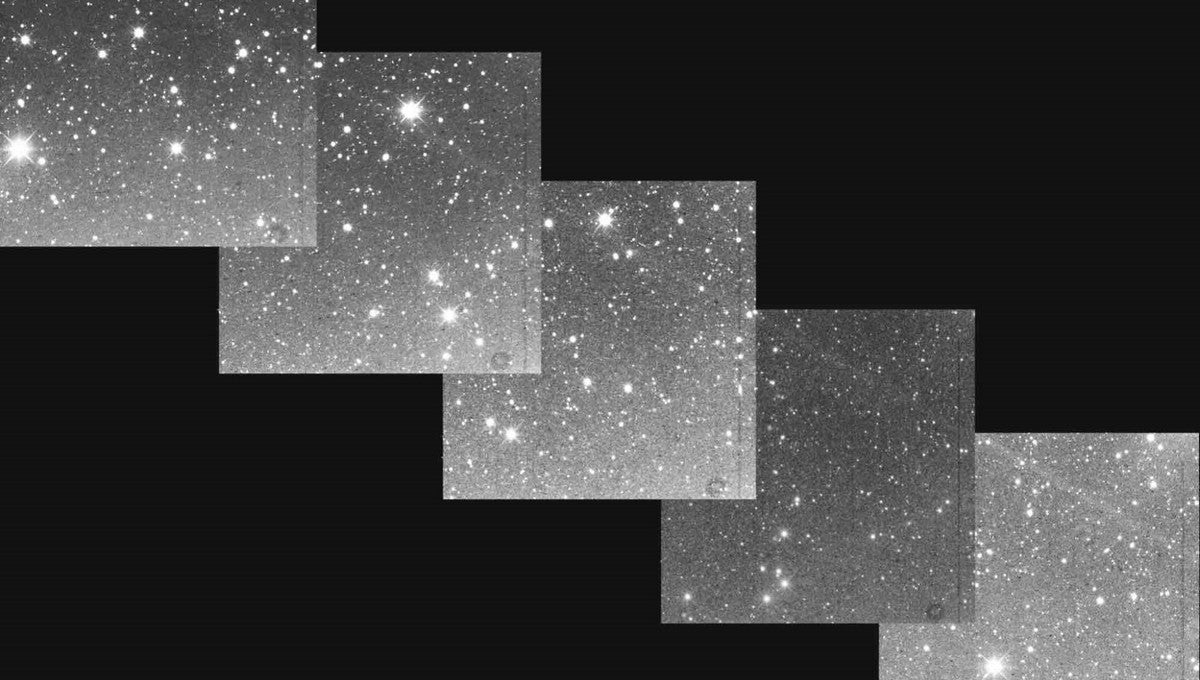Scientists find strangely shaped trail coming out of comet

A strangely shaped dust trail has been spotted coming out of a comet.
The dust trail was produced by one of the largest known outburst by a comet ever recorded, which was seen in 2007. The massive amount of particles ejected from the comet reflected so much sunlight that the brightness of the comet increased a million times, and it briefly became the brightest object in the solar system.
That was just the latest in a history of the comet known as 17P/Holmes, which was first spotted during an outburst in 1892 .
Now, scientists have plotted that history, finding that the particles were ejected in an strange hourglass shape.
The researchers’ model helps describe how the dust trails that resulted from the ejection would have evolved, allowing them to trace it all the way back to the original outburst.
It should also help calculate other cometary outburst or predict when meteor showers occur and how intense they might be.
Creating the model required taking into account a vast array of forces that act on a comet, such as radiation from the Sun, the gravitational disturbances caused by the Earth, Moon and other objects in the solar system, as well as how the dust particles would have interacted with the comet from which they emerged.
The model suggests that the comet will be visible even to amateur astronomers when it arrives later this year – and those observations should help inform the understanding of the comet and others like it.
“We predict that with our published data on the time of arrival and the corresponding coordinates of the dust trail of the comet 17P/Holmes in 2022 it will be visible even in the telescopes of amateur astronomers,” said Maria Gritsevich from the University of Helsinki, one of the authors on the paper.
“We expect that the results of their observations will provide additional information about the number and size of the particles and their geospatial distribution. This information will be useful for developing new models and understanding what happens to the comet and its trail.”
A paper describing the findings, ‘Evolution of the dust trail of comet 17P/Holmes’, is published in the journal Monthly Notices of the Royal Astronomical Society.
Join our commenting forum
Join thought-provoking conversations, follow other Independent readers and see their replies
Comments
Bookmark popover
Removed from bookmarks